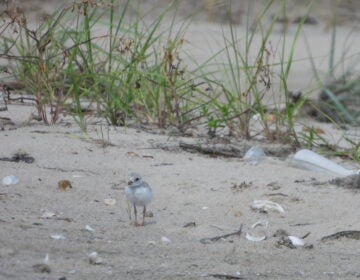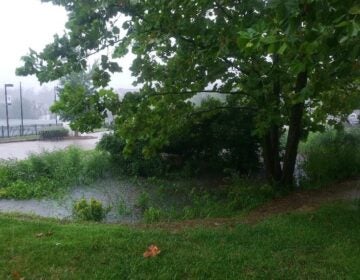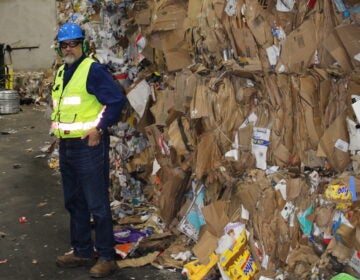Often overlooked Delaware Bayshore worth millions to local community, study finds
Just north of Delaware’s popular beach resorts, the Delaware Bayshore’s value economically and environmentally shouldn’t be underestimated, a new report shows.
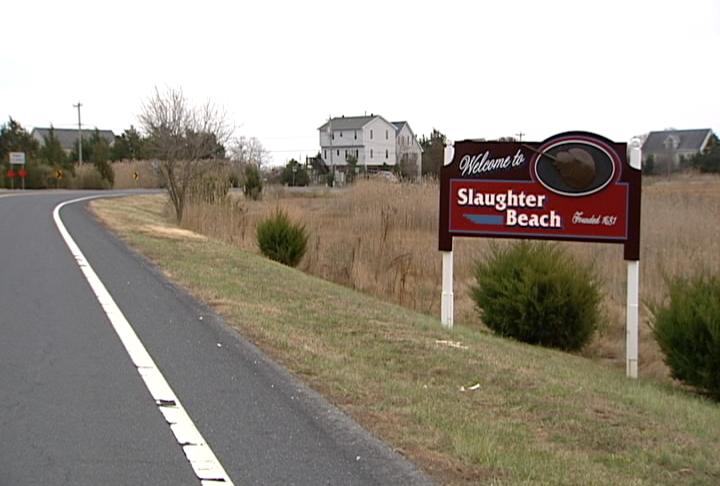
Slaughter Beach is a sleepy little southern Delaware town situated along the Delaware Bay in Sussex County. (Charlie O'Neill/WHYY)
While places like Rehoboth Beach and Dewey draw the bulk of attention and tourist dollars to Delaware during the summer season, smaller communities like Slaughter Beach and the surrounding coastal communities still have a big economic and environmental impact on the state.
A new study from the University of Maryland’s Environmental Finance Center (EFC) tried to quantify just how important the Mispillion and Cedar Creek watersheds are to the area. The watershed area in the EFC study stretches from Slaughter Beach near the Prime Hook National Wildlife Refuge, inland to the town of Milford along the Sussex County border with Kent County.
Slaughter Beach is home to a horseshoe crab habitat. The eggs laid by those crabs provide nutrition for thousands of shorebirds which make a stop along the Delaware Bay as they migrate to the arctic.
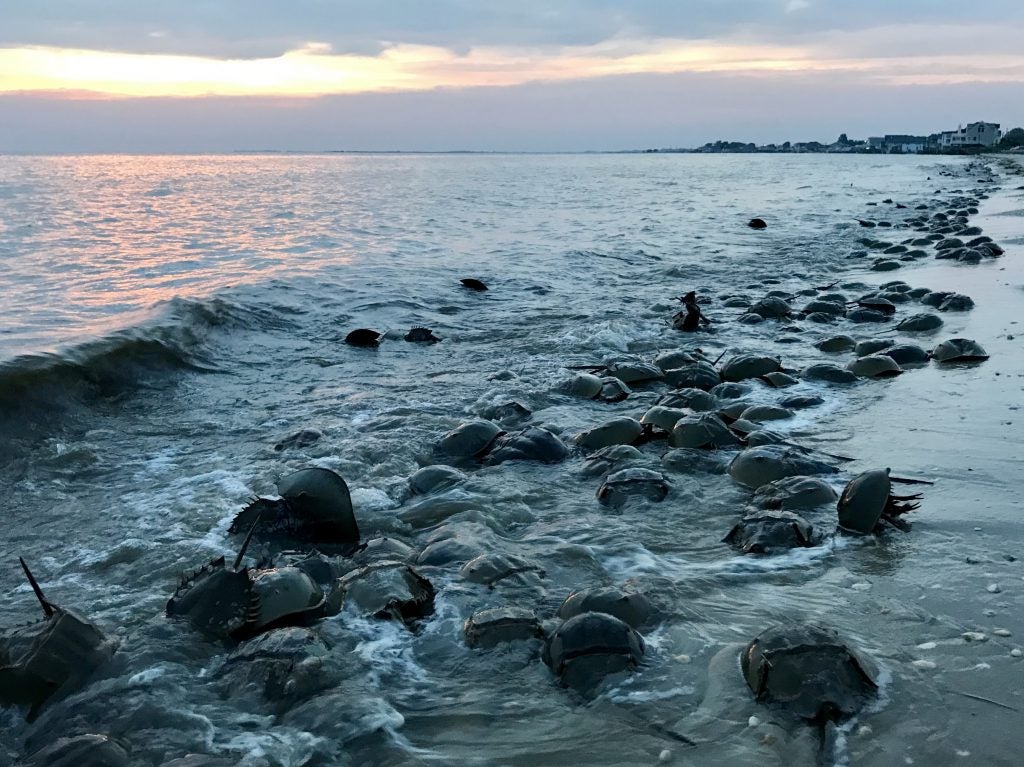
“It’s a very different area than maybe an ocean beach. You have the beach, but they’re surrounded by beautiful marshes and have a lot of different wildlife-viewing opportunities,” said Jennifer Egan, program manager at the EFC.
The study didn’t offer a total dollar figure for the area’s impact, but found “the estimated value for leisure, recreation, and wildlife-viewing alone is potentially substantial, at over several million dollars per year.”
“When we think about economics, it’s usually like fiscal or financial or budget, things that we think about,” Egan said. “But what economists have done increasingly is describe how there’s value nature holds that aren’t observed in markets. They’re not something that we can purchase, but it’s something we know is very important.”
It did put dollar figures on individual attractions in the area. For instance, tourist activity at Abbot’s Mill Nature Center could be worth as much as $6.3 million, while horseshoe crab and other wildlife viewing around Slaughter Beach would generate more than $1 million.
The study also looked at the value of the watershed in a different way than a typical economic study.
Egan said researchers accounted for the worth of the land for its ability to draw visitors for things like for hiking, bird-watching, and other nature activities. They also calculated the worth of the land in its natural function to protect areas further inland from both rising sea levels and strong coastal storms.
That natural protective function of the wetlands reduced insurance claims by as much as $125,000 per extreme weather event, the study found.
“Imagine a tree, if you do a total economic value of it, if it filters the air for people, then you might have reduced costs of illness,” she said. “So, it’s a little bit different and it’s a more holistic picture of what nature provides to humans.”
That type of analysis points towards the need to make sure natural areas like the Bayshore are protected for years to come.
“We want people to come and enjoy the area, but we also want to protect the resources so we can continue to enjoy that area,” she said. “That’s the same thing with the tree. Look, 100 years out, we want that value to continue.”
Delaware moved to protect a large portion of this area and other parts of Delaware’s coastline with the Coastal Zone Act which was signed into law by then-Governor Russ Peterson in 1971. The CZA barred any new heavy industry like oil refineries or paper mills from the environmentally sensitive area along the Delaware River and Bay. Any existing industrial sites were grandfathered in and allowed to continue operating.
In 2017, lawmakers approved a change to the CZA which was approved by Gov. John Carney that allows those existing sites to be repurposed for new industrial uses. The new CZA rules create a permitting process for the redevelopment of 14 industrial sites, including those that are abandoned or contaminated.
Environmental groups, including the Delaware Audubon Society, worried the change could cause a new threat to the environmentally sensitive coastal area, including the marsh and river near Slaughter Beach and Milford.
The report was supported by the Pew Charitable Trust as part of its effort to champion the protection of coastal areas. Egan said the next step will be the creation of a management plan for this area with funding from the National Fish and Wildlife Foundation.
That plan will include a vulnerability analysis of the area by the Partnership for the Delaware Estuary to determine the biggest threats and how to mitigate them.

Get daily updates from WHYY News!
WHYY is your source for fact-based, in-depth journalism and information. As a nonprofit organization, we rely on financial support from readers like you. Please give today.



